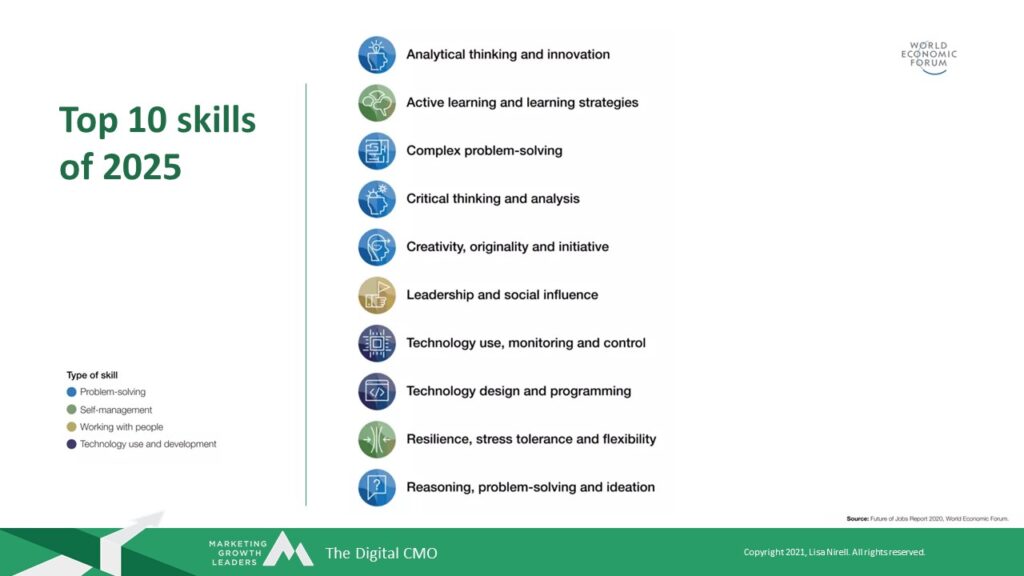Here in the mid-Atlantic, we are experiencing the tail end of a natural phenomenon – the emergence of Brood X cicadas. After 17 years in the dark, billions of these noisy bugs have we emerged from underground.
This phenomenon echoes our own post-COVID emergence. We have a unique opportunity to reshape and redesign the new rules of the workplace. We can reinvent and reconnect with the people who matter: our teams, our customers, strategic partners, and other stakeholders.
Will we emerge like cicadas and create new relationship pathways? Or are we burrowing down into the old ways of doing business?
The term “new normal” has been flying around a lot lately, but it’s a cliche. As my mentor Alan Weiss says, we have entered a “no normal.” We need to band together with our allies to escape the isolation, uncertainty, and ambiguity that COVID amplified. That means it’s time to abolish the “mushroom theory” of management. This metaphor means: I never see you, I keep you in the dark, and I feed you junk food.
With an excess of 9 million open jobs in the USA, great talent will simply no longer tolerate mushroom managers.
Skillful communication is a powerful antidote and an essential skill in the “no normal” era. Check out the insights from the 2020 World Economic Forum study (below). WEF found that by 2025, our workforce must learn and master active learning and learning strategies, critical thinking and analysis, creativity, leadership, and social influence.

Molly Tschang, a world-class communications coach and seasoned M&A executive, recently joined me on the Mindful Marketer Life Stream to help us build skillful communications strategies to help us emerge from the COVID mushroom “cloud.”
Here are some of the highlights from our conversation:
- 04:56 – Everyone can improve their ability to interact
- 06:44 – What behaviors or shifts in these organizations have caused or triggered some damaging communications behaviors or breakdowns?
- 10:35 – How skills in your home life can translate to the workforce
- 15:34 – What does say it skillfully mean?
- 18:34 – How can meditation help you say it skillfully?
- 22:56 – A 3-step process for setting intentions and conditions for difficult conversations
- 29:48 – How do we build silence into our communications
- 36:29 – What are our aspirations for the post-COVID corporate cultures?
- 38:26 – Final profound thought: culture starts at the top and is sustained by the base. Everybody matters.
As you design your return to work policies, and welcome people back to a new environment, this livestream replay should shed some light on new ways of aligning teams and winning lifetime customers. Don’t wait 17 years and let a good crisis go to waste.
If you are a leader who is struggling to build mindful and skillful conversations with your peers, drop me a note. Happy to discuss.
P.S. Join me the first 3 Fridays of every month at 1:30pm ET for the Mindful Marketer Life Stream. You can follow me on LinkedIn to be notified when we go live. You can also click here to view the upcoming schedule and watch past episodes.
